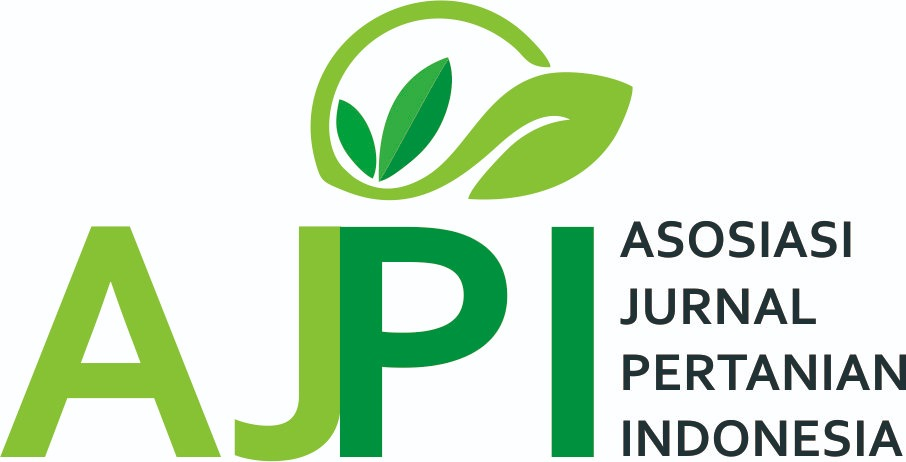Potensi Tanaman Hutan Schismatoglottis sp. sebagai Obat untuk Meningkatkan Ketahanan dan Keberagaman Produk Biofarmaka Pertanian Indonesia
DOI:
https://doi.org/10.33005/plumula.v12i1.211Keywords:
Araceae, Flavonoids, ppm, BiodiversityAbstract
Flora dari keluarga Araceae diketahui memiliki banyak kandungan fitokimia flavonoid yang dapat digunakan sebagai obat. Schismatoglottis merupakan bagian keluarga Araceae yang belum pernah diidentifikasi potensinya sebagai tanaman obat. Penelitian ini bertujuan mengidentifikasi metabolit sekunder flavonoid pada dua tanaman Schismatoglottis sp. untuk mengetahui potensinya sebagai tanaman obat guna peningkatan ketahanan serta keberagaman di industri pertanian biofarmaka. Penelitian ini dilakukan dengan menggunakan dua tanaman Schismatoglottis yang di peroleh dari hutan daerah Sanggau, Kalimantan Barat, Indonesia. Analisis kandungan flavonoid dilakukan dengan metode spektrofotometri secara duplo. Hasil analisis menunjukkan bahwa Schismatoglottis ahmadii dan Schismatoglottis asperata diketahui memiliki kandungan flavonoid sebesar 230,54 dan 230 ppm secara berturut-turut, hal ini menunjukkan bahwa tanaman Schismatoglottis berpotensi untuk dijadikan sumber obat dengan analisis fitokimia yang lebih komplek.
Downloads
Downloads
Published
How to Cite
Issue
Section
License
Copyright (c) 2024 Fazat Fairuzia, Arif Syarifuddin, Yusi Anisatul Mawaddah, Anis Rufaidah, Siti Agustina

This work is licensed under a Creative Commons Attribution 4.0 International License.
Authors who publish with this journal agree to the following terms:
- Authors retain copyright and grant the journal right of first publication with the work simultaneously licensed under a Creative Commons Attribution License that allows others to share the work with an acknowledgement of the work's authorship and initial publication in this journal.
- Authors are able to enter into separate, additional contractual arrangements for the non-exclusive distribution of the journal's published version of the work (e.g., post it to an institutional repository or publish it in a book), with an acknowledgement of its initial publication in this journal.
- Authors are permitted and encouraged to post their work online (e.g., in institutional repositories or on their website) prior to and during the submission process, as it can lead to productive exchanges, as well as earlier and greater citation of published work (See The Effect of Open Access).











